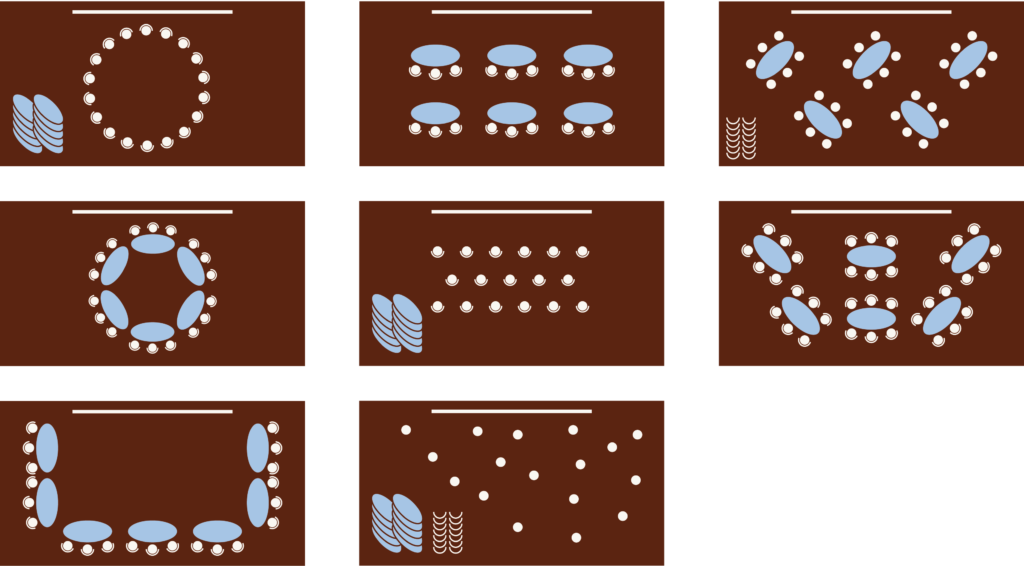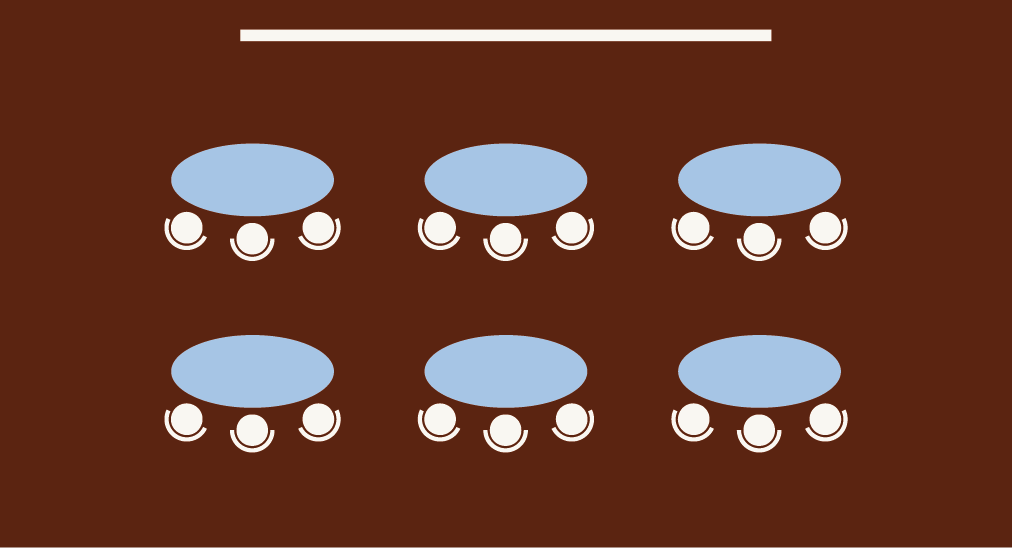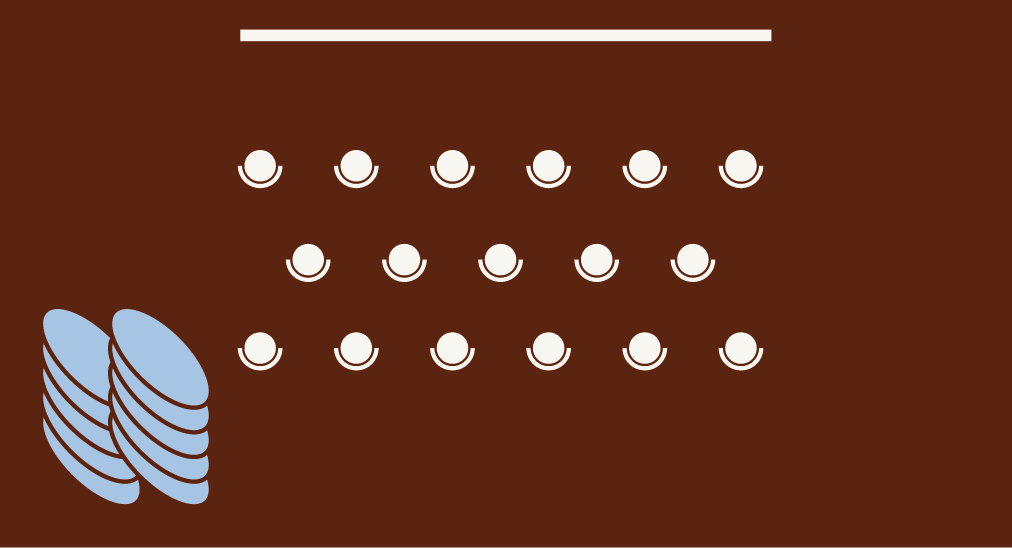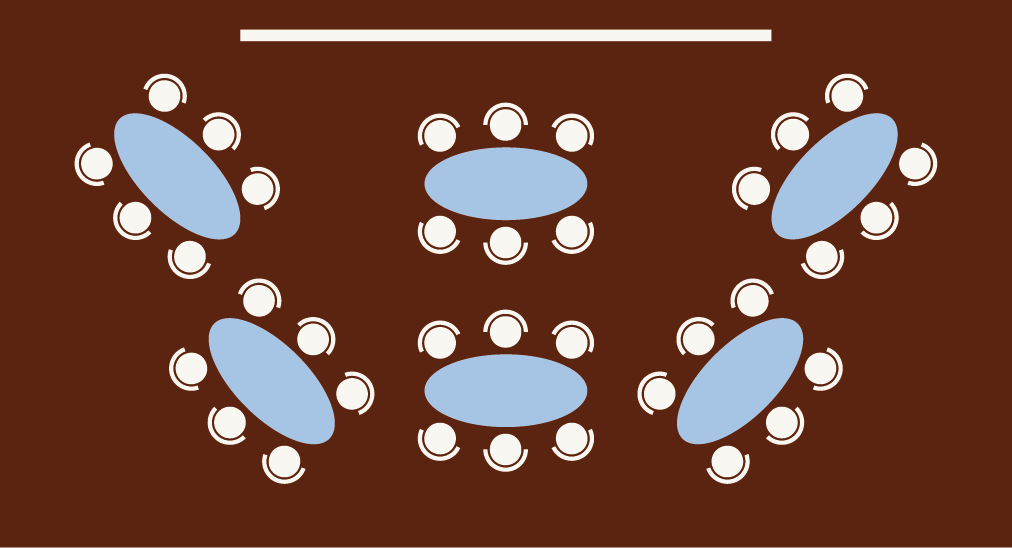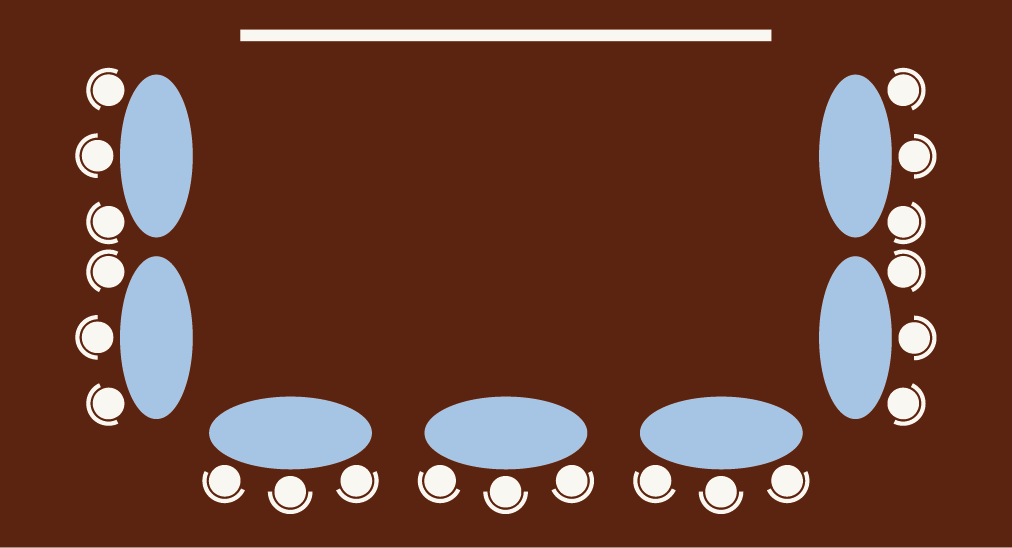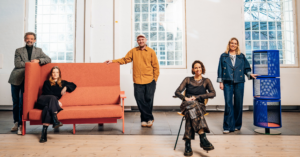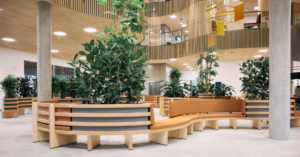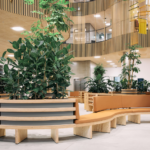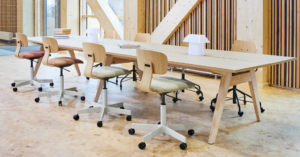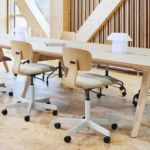Research shows that the layout and furnishings in a classroom play a major role in the teaching that takes place in the room. The Danish primary and lower secondary schools in particular, and the education sector in general, have changed dramatically in the past many years, but the classroom has remained the quiet child in the back – going forever unnoticed.
Based on research in the field and in close collaboration with schools, teachers and interior designers, we recommend rethinking the classroom and designing it to optimally support children’s learning.
We therefore work with two types of school interior:
- The furniture can be moved and adapted to the teaching activity
- The pupils move according to the teaching activity
Neither approach is superior to the other. However, in this blog post, we would like to introduce you to the first type of school interior called ‘The mobile classroom’. We will provide insights into the background, touch on the essence behind this classroom design philosophy and share tips on how you can get started and achieve success with the mobile classroom.
The second type of classroom design will be covered in more detail in an upcoming blog post.
From surprise to development
The story of the mobile classroom began in 2010 when Ella Jørgensen, associate professor at VIA University College, launched a study of classroom design, because she was surprised at the lack of development in this area. Her research lead to, among other things, the development of eight desk and chair layouts that create variation and opportunities for different teaching and learning methods, as well as supporting variation in body posture throughout the school day.
“My mission is not to provide answers and declare what the right solution is. It’s about gaining experience of how design can support learning.”
Ella Jørgensen, associate professor and MEd, VIA University College
Advantages of the mobile classroom:
- More room for play, movement and activity
- Children learn to cooperate by working together to set up the new classroom layout
- Encourages variation and flexibility
- Changing positions is good for concentration
- The different layouts and changes support variation in teaching and presentational style
#03 Standing around desks
Appropriate for group work, where the pupils can stand close together around a single computer rather than sitting on the other side of a large table staring at their own computers.
How to succeed with the mobile classroom
- Stackable chairs free up space.
- Classroom leadership is important. The mobile classroom requires that the teacher embraces the space and uses the space as a teaching tool.
- Use the eight layouts. These layouts are crucial to the success of the mobile classroom, because they give both teachers and pupils something familiar to return to – the alternative being potential chaos.

